
Are you wondering what Invisalign treatment is really like, and what effect it will have on your day-to-day activities while you undergo treatment? Will it slur your speech? Will people even know you're in treatment? You're not alone in your concerns! Dr. Daniel Ma and our team thought we’d share this list of questions and answers for anyone pondering Invisalign treatment at our office.
How exactly does Invisalign work?
Using 3-D computer imaging technology, Invisalign creates a series of custom-made, clear aligners exclusively for your teeth, based on the treatment plan that we specify for you. Each aligner moves your teeth incrementally and is worn for about two weeks, then replaced by the next in the series until the final position is achieved.
Will I experience any pain during treatment?
Most people experience temporary discomfort for a few days after a new aligner is placed. This feeling of pressure is normal and is a sign that Invisalign is working by moving your teeth to their final destination.
Can other people tell that I'm in treatment?
One of the benefits of Invisalign is that the aligners are clear. You can straighten your teeth without friends, family or your coworkers knowing!
Can I smoke during treatment?
Dr. Daniel Ma and our team discourage smoking while wearing the aligners as they may become discolored.
Are there any foods I shouldn’t eat while in treatment?
You can eat normally during the entire course of treatment. One of the advantages of Invisalign is that the aligners are removable. Simply take the aligners out before each meal, brush when you're finished eating, then reinsert the aligners afterward.
What about chewing gum?
We recommend removing your aligners for all meals and snacks, as gum and other chewy substances can stick to the aligners.
How often should I wear my aligners?
Aligners should be worn all day, except when eating, brushing and flossing.
Will my speech be affected by the aligners?
As with any orthodontic treatment, aligners may temporarily affect your speech. If this does happen, your tongue will adjust within a day or two and your speech should return to normal.
How do I clean my aligners?
The best way to clean your aligners is by brushing and rinsing them in lukewarm water.
How often must I visit the office during treatment?
For most patients, visits to our office every four to six weeks are frequent enough for us to determine that your treatment is progressing properly. We will provide you with a specific schedule that supports your individual treatment plan.
If you have additional questions about the Invisalign treatment, please give us a call at our convenient Vancouver, BC office.
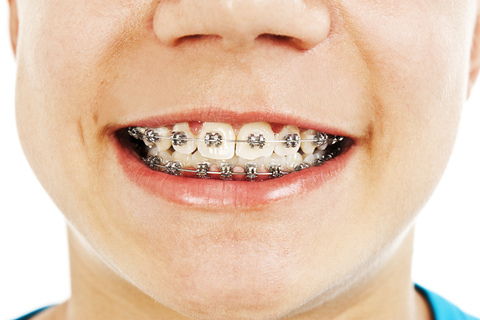



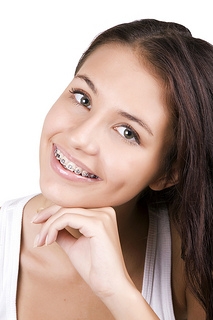

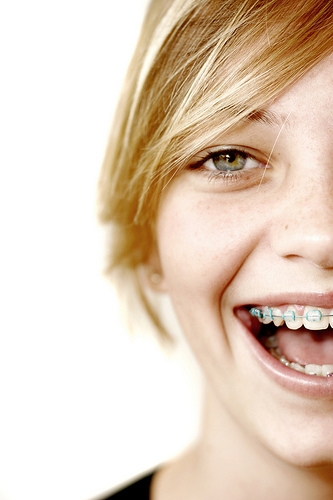


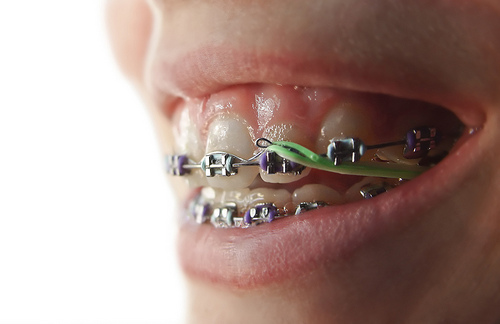
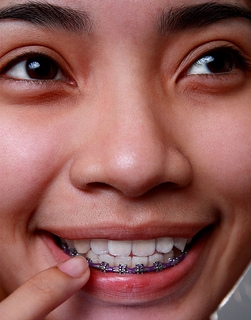
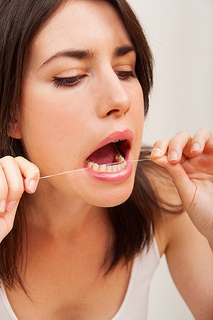

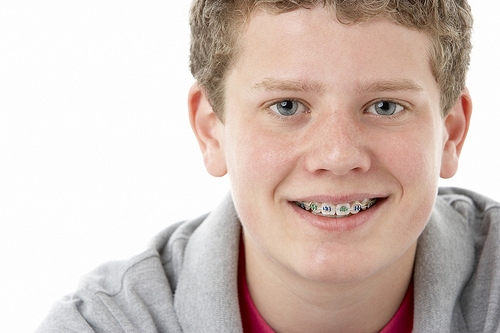




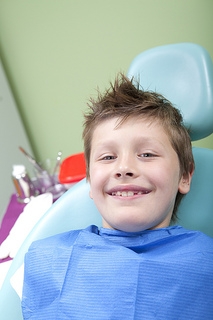


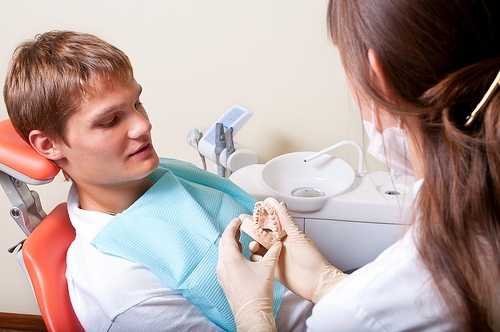




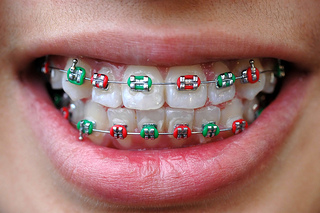
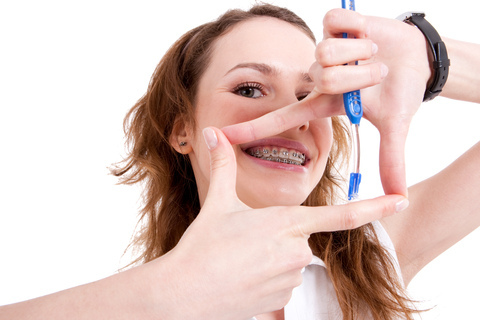
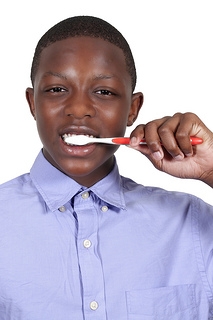


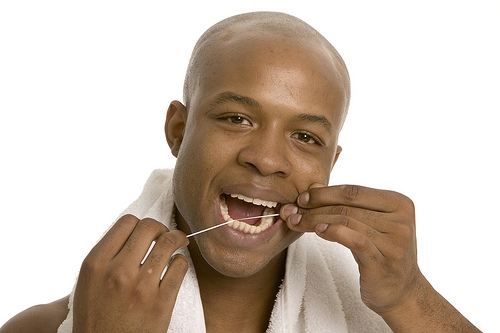
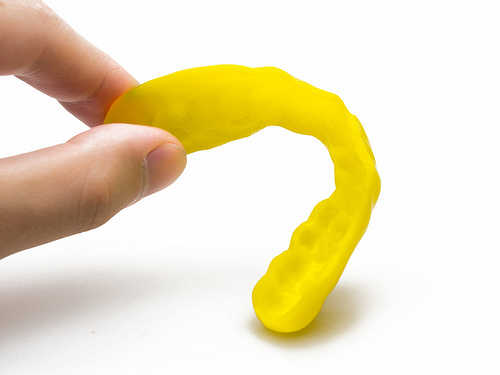
 Cold and flu season is here yet again. The folks at
Cold and flu season is here yet again. The folks at 


 In honor of June Dairy Month, our team would like to thank all of our hard working families in the Dairy Industry. You make us proud!
In honor of June Dairy Month, our team would like to thank all of our hard working families in the Dairy Industry. You make us proud! We’ve rolled out our new Facebook Timeline page and would love for you to check it out! You’ll find all the useful information that was there before, but now in a fun, new layout.
We’ve rolled out our new Facebook Timeline page and would love for you to check it out! You’ll find all the useful information that was there before, but now in a fun, new layout. Absolutely not! Orthodontic treatment for adults is becoming more and more common. In fact, the number of adults getting braces has actually climbed 24 percent since 1996! More adults than ever are realizing that orthodontic treatment is not just for kids, and can help improve the aesthetics and health of a smile of any age! In a society where appearance matters and can help make the difference between getting a job or a promotion, adults are choosing wisely to invest in orthodontic treatment.
Absolutely not! Orthodontic treatment for adults is becoming more and more common. In fact, the number of adults getting braces has actually climbed 24 percent since 1996! More adults than ever are realizing that orthodontic treatment is not just for kids, and can help improve the aesthetics and health of a smile of any age! In a society where appearance matters and can help make the difference between getting a job or a promotion, adults are choosing wisely to invest in orthodontic treatment. Website Powered by Sesame 24-7™
Website Powered by Sesame 24-7™